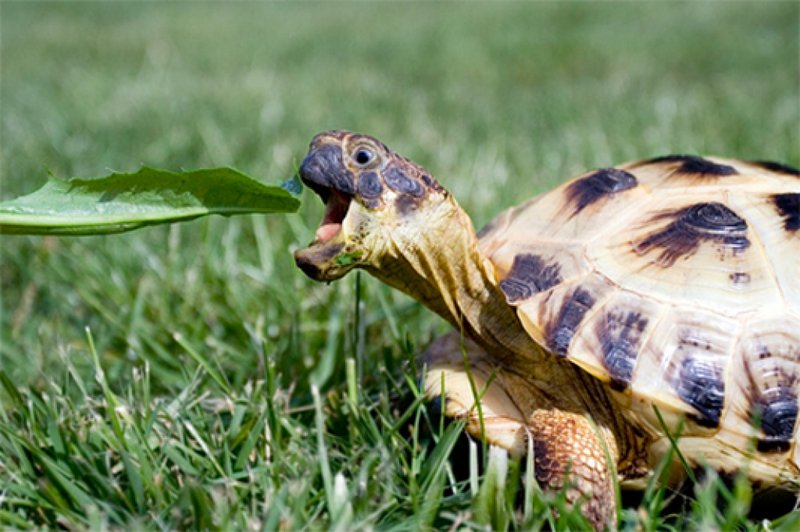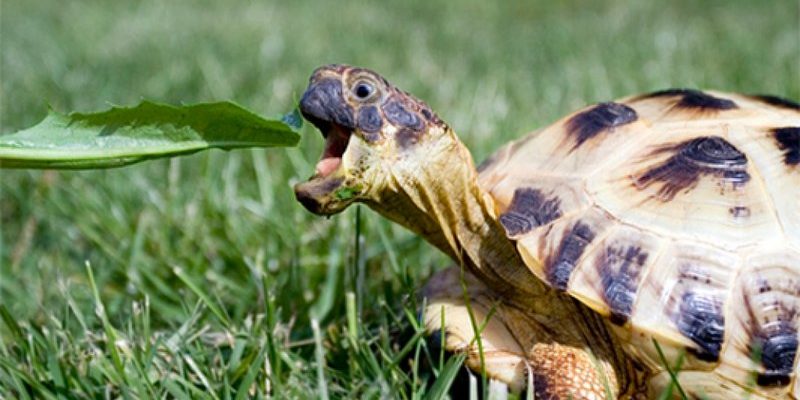
First off, it’s important to understand that Russian tortoises aren’t like dogs or cats, who thrive on social interactions. Instead, they have their own unique way of connecting with their environment and the beings within it. Imagine them as introverts at a party: They might not be the life of the gathering, but they appreciate social interactions in their own, quiet way.
Now, let’s explore what being “friendly” means for a Russian tortoise and how these pets interact with humans and other animals. You might find their behavior intriguing!
Understanding the Russian Tortoise’s Personality
The personality of the Russian tortoise plays a significant role in how they interact with humans and other pets. Generally known for being hardy and curious, they can show some level of affection toward their owners.
When you bring a Russian tortoise into your home, you’re adopting a creature that often enjoys exploring its surroundings. They’re known for their inquisitive nature, which means they like to poke around and interact with different textures and smells. You may notice your tortoise investigating your fingers when you offer them food. While this doesn’t exactly mean they are cuddly, it’s a sign they’re comfortable enough to engage.
Here’s the thing: Tortises are not expressive in the way dogs are. They don’t wag tails or purr like cats. Instead, their signs of friendliness are subtle. They might approach you during feeding time or roam freely when you’re nearby, showing comfort in your presence.
Do Russian Tortoises Enjoy Human Interaction?
When it comes to human interactions, Russian tortoises can be surprisingly engaging! If you take the time to handle them gently and regularly, they can become quite accustomed to your presence.
For example, during meal times, many tortoise owners find their pets paying more attention to them. It’s like a little ritual where your tortoise comes to expect food from you. This expectation can build a bond, even if it seems a bit one-sided! You might sit down on the floor, offering fresh greens, and I can guarantee that your tortoise will waddle over, keen to munch away.
However, it’s essential to approach them gently, especially at first. Imagine trying to hug a shy friend. You wouldn’t want to scare them away! Build trust by letting your tortoise come to you. This gradual process can lead to more comfortable interactions over time.
How Do Russian Tortoises React to Handling?
Handling your Russian tortoise can be a pleasant experience, but it often depends on their individual personality. Some may enjoy being held briefly, while others may prefer to stay on the ground, exploring.
Here are a few tips to make handling a better experience for both you and your tortoise:
- Go slow: Always approach your tortoise calmly. Sudden movements can startle them.
- Support their body: When you pick them up, ensure you support their body fully. It helps them feel secure.
- Keep it short: If it’s their first time being handled, keep it brief. You can gradually increase the handling time as they become more comfortable.
Honestly, the goal is to allow your tortoise to feel relaxed in your presence. If they’re squirming or trying to retreat, it’s best to let them go. Respecting their comfort zone is key to nurturing a better bond.
Can Russian Tortoises Live with Other Pets?
Now, let’s talk about their interactions with other pets. Many people wonder if Russian tortoises can share space with cats, dogs, or even other reptiles. While it’s not impossible, there are some important considerations to keep in mind.
First, tortoises are not inherently aggressive, but they are territorial. If you’re thinking about introducing a tortoise to a household with existing pets, you need to supervise those interactions closely. A curious dog or an overly playful cat might see your tortoise as a toy or a meal, which can be dangerous!
If you want them to coexist peacefully, consider creating separate spaces for your tortoise and your other pets. Using barriers or specific play areas can help. It’s like inviting a new friend to a party—it’s best to introduce them slowly!
Signs of Stress in Russian Tortoises
Understanding the signs of stress in Russian tortoises is crucial for maintaining their well-being. They can get stressed out by loud noises, sudden movements, or even aggressive pets.
Some common signs of stress include:
- Hiding: If your tortoise retreats into its shell more than usual, it’s a sign they’re feeling anxious.
- Refusing food: A tortoise that’s not eating may be stressed. Monitor their eating habits closely.
- Restlessness: If they seem to pace a lot, they might be uncomfortable.
If you notice any of these signs, it’s a good idea to give your tortoise some alone time in a quiet area. It’s all about creating a safe and comforting environment for them.
Creating a Friendly Environment for Your Tortoise
Making your home tortoise-friendly involves setting up a comfortable habitat. Proper housing, temperature, and humidity levels are crucial for keeping your tortoise healthy and happy.
Here are some tips for creating a welcoming space:
- Habitat: Provide a spacious enclosure with plenty of room to move around. Add hiding spots with rocks or logs, which can help them feel secure.
- Temperature: Russian tortoises thrive in certain temperatures, typically 70°F to 80°F (21°C to 27°C). Make sure to have a basking area that’s warmer.
- Humidity: Maintain a humidity level around 30-40%. This helps with their overall health and well-being.
Just like you feel cozy in a comfortable space, your tortoise will thrive in an environment designed for its needs.
So, are Russian tortoises friendly with humans and other pets? To sum it up, they can be quite friendly in their own unique way. With the right care, handling, and environment, they can develop a bond with their human companions. Just remember to respect their boundaries.
While they’re not inherently social animals, they can learn to be comfortable with you over time. As for living with other pets, it’s best to exercise caution and introduce them slowly. In the end, a little patience goes a long way in forming a beautiful relationship with your Russian tortoise. Whether you’re a newbie or a seasoned pet parent, these fascinating creatures can bring a lot of joy and warmth to your home!

